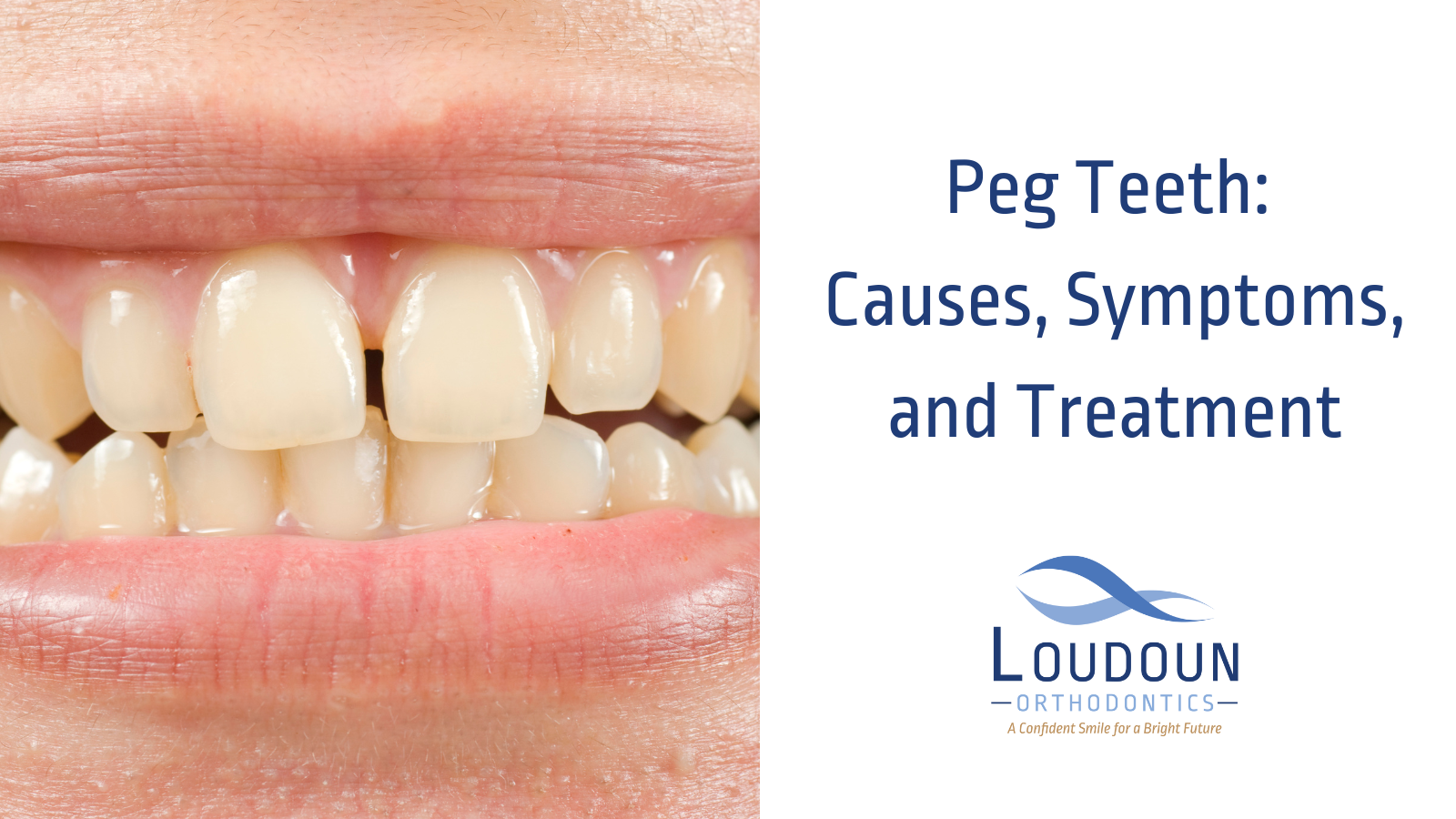Some Known Incorrect Statements About Legacy Orthodontics
Some Known Incorrect Statements About Legacy Orthodontics
Blog Article
Indicators on Legacy Orthodontics You Need To Know
Table of Contents6 Simple Techniques For Legacy OrthodonticsAll About Legacy OrthodonticsA Biased View of Legacy OrthodonticsOur Legacy Orthodontics IdeasOur Legacy Orthodontics PDFs
In enhancement, we provide adjustable treatment schedules, flexible settlement options and an enjoyable, enjoyable experience.An orthodontist is a dental professional educated to diagnose, avoid, and deal with teeth and jaw abnormalities. Orthodontists work with individuals of all ages, from children to adults.
Malocclusion, or misaligned teeth, can result in dental problems, consisting of dental cavity, gum disease, and hard or unpleasant chewing. However not everybody is born with straight teeth. If you have a bad bite or big spaces in between your teeth, you may want to get in touch with a dental expert concentrating on orthodontic care.
4 Simple Techniques For Legacy Orthodontics
( Image Credit Score: DigitalVision/Getty Images) Orthodontists use fixed and removable dental tools, like braces, retainers, and bands, to alter the placement of teeth in your mouth. Orthodontic treatment is for oral problems, consisting of: Jagged teethBite problems, like an overbite or an underbiteCrowded teeth or teeth that are as well much apartJaw misalignmentThe objective of orthodontic treatment is to enhance your bite.
While you could assume of orthodontists as generally for children or teenagers that require dental braces, they can correct oral issues at any kind of age. Orthodontists go to university, oral school, and orthodontic college.
All orthodontists are dental professionals, yet not all dental professionals are orthodontists. Orthodontic residency programs provide intensive, focused instruction for oral experts. They concentrate on two areas: Exactly how to correctly and securely move teeth Just how to appropriately lead advancement in the teeth, jaw, and faceOnce an orthodontist has actually finished training, they have the option to become board accredited.
Legacy Orthodontics Fundamentals Explained
Misalignment, or malocclusion, is one of the most typical factor individuals see an orthodontist. It is hereditary and is the outcome of size distinctions in between the top and lower jaw or in between the jaw and teeth. Malocclusion leads to tooth overcrowding, an irregular jaw, or irregular bite patterns. Malocclusion is usually treated with: Your orthodontist attaches metal, ceramic, or plastic square bonds to your teeth.
If you have only small malocclusion, you might have the ability to use clear dental braces, called aligners, rather than traditional dental braces (https://packersmovers.activeboard.com/t67151553/how-to-connect-canon-mg3620-printer-to-computer/?ts=1727695183&direction=prev&page=last#lastPostAnchor). Some individuals need a headgear to help relocate teeth right into line with pressure from outside the mouth. After dental braces or aligners, you'll require to use a retainer. A retainer is a customized gadget that maintains your teeth in area.
They're most typically used on youngsters. They can produce additional space in the mouth without needing to draw teeth. If you have a severe underbite or overbite, you could require orthognathic surgical procedure (likewise called orthodontic surgery) to extend or shorten your jaw. Orthodontists use wires, surgical screws, or plates to support your jaw bone.
You may require to see an orthodontist if you have: Crowding or otherwise adequate area for every one of your teethOverbite, when your upper teeth come by your base teethUnderbite, when your base teeth are as well much forwardSpacing or concerns with gapsCrossbite, which is when your upper teeth fit behind your base teeth when your mouth is closedOpen bite or a vertical gap between your front bottom and top teethMisplaced midline, when the facility of your bottom and top teeth don't align Correcting a dental malocclusion can: Make biting, chewing, and talking easierImprove the proportion of our face and your overall appearanceEase pain from temporomandibular joint problemsSeparate your teeth and make them much easier to clean, helping stop tooth degeneration or dental caries It's usually a dental expert that first notices misaligned teeth during a regular examination.
The Buzz on Legacy Orthodontics

During your very first orthodontic assessment, you'll likely have: An oral examPhotos taken of your face and smileDental X-raysPanoramic (360 level) X-rays of your face and headImpressions to create molds of your teethThese examinations will help your orthodontist understand just how to wage your therapy. orthodontist. An orthodontist is a dentist that's had training to treat your teeth and jaw
Orthodontists may perform surgery, exams,X-rays,and more to help you attain an extra comfortable, healthier smile. An orthodontist is concentrated on your bite, so something like a chipped tooth would be taken care of by a dental practitioner. Orthodontists are dental experts but not all dental professionals are orthodontists. Orthodontists are concentrated on your bite, or the method your teeth meshed, and the straightness of your teeth.
Ever before questioned just how stars constantly appear to have perfectly straightened teeth? Orthodontists are oral professionals that focus my site on correcting abnormalities in the teeth and jaws.
The Buzz on Legacy Orthodontics

While braces are the most generally acknowledged orthodontic therapy, orthodontists have a varied toolkit at their disposal. The specific strategy picked depends upon the seriousness of the situation, the patient's age, and private choices. These reliable braces make use of a system of braces adhered to the teeth and connected by cables.
These detachable trays are custom-made to considerably change the teeth's placement. In cases of slim jaws, palatal expanders can be used to develop room for correct tooth placement.
Report this page